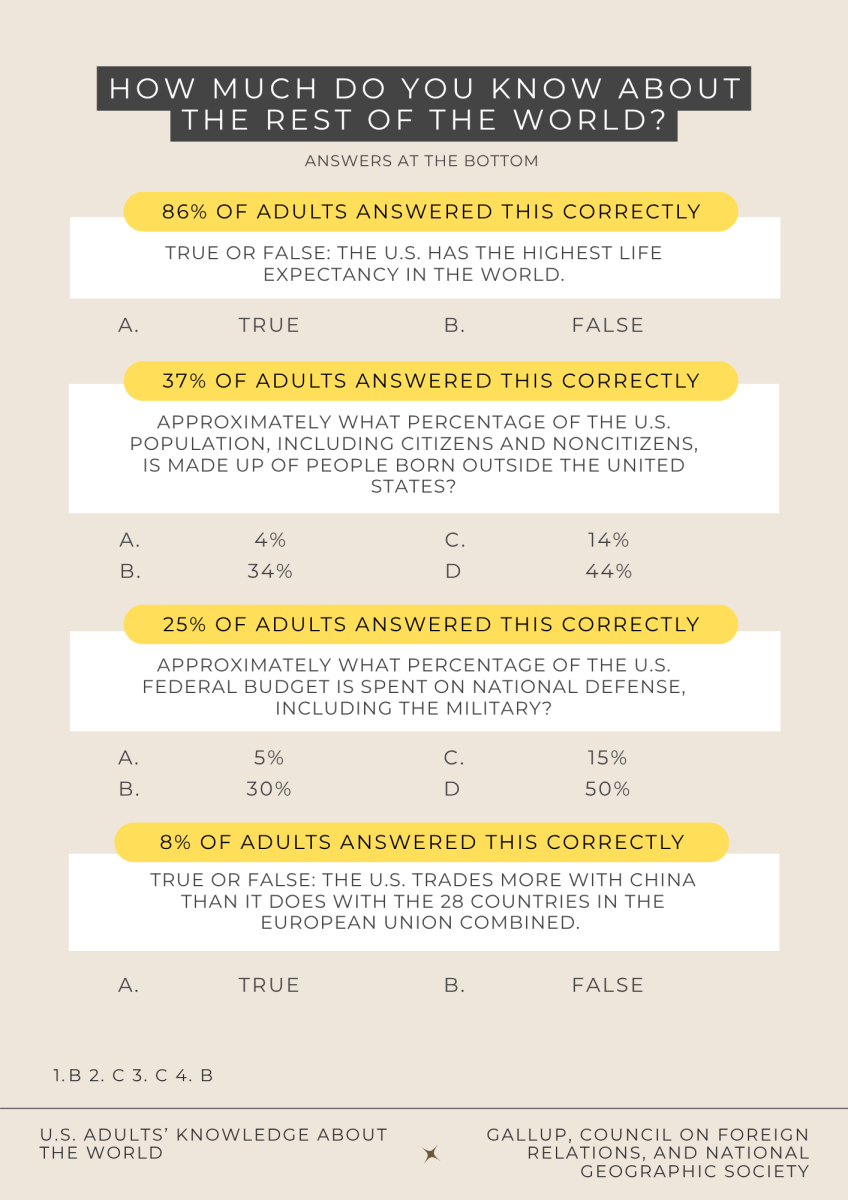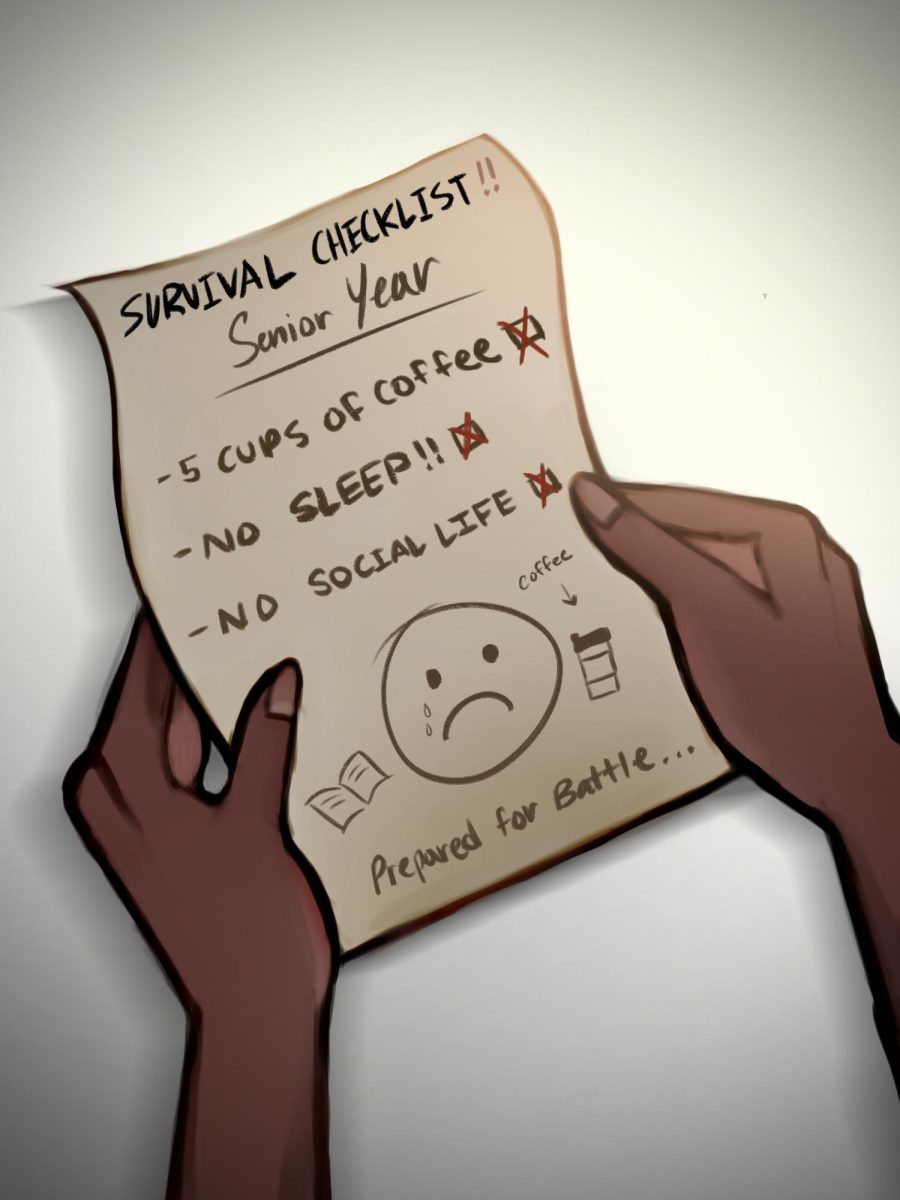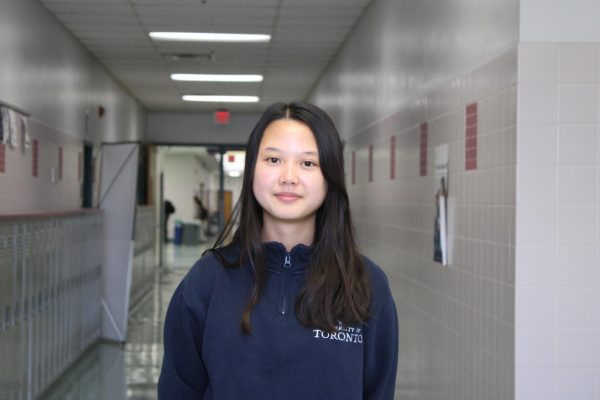When I was little, people asked what “flavor of Asian” I was, probably because I was one of the few at my school. “Chinese and Korean,” I’d say, but in reality, I was torn; I felt like I barely held onto either.
The thing is I know the sounds of each language. They’ve been with me for my whole life. My grandmother’s soft Shanghainese (Chinese dialect) and my mother’s fussy Korean. It’s a rhythm like a song I recognize, but one I can’t sing along with. I can string together toddler-level sentences, but no more.
You’d think it’d be natural for my parents, who were first-generation immigrants, to speak their mother tongue with me. And at first, they did. My first language was Korean, as was the type of food my mother cooked, the language read to me in books and the genre of songs I sang. However, I wasn’t speaking English at all. My parents started to get worried about how my lack of English skills would affect me in the future.
They’d had their fair share of struggles with the English language and knew how it felt to be outsiders in a new culture. To them, fluency wasn’t just communication; it meant more opportunities, life success and chances at advocating for myself. From then on, slowly, English became the dominant language in my household, my Korean fading.
I used to think this shift away from my mother tongue was only present in my family; however, according to Pew Research Center, only 41% of second-generation Asian Americans say they can speak their parents’ native language “pretty well.” This trend worsens with third-generation youth. In fact, the Frontiers in Psychology labels this phenomenon as “heritage language erosion.”

I didn’t question how our family only talked in English– it was just how things were. Moving from school to school since I was three, one thing that remained constant was how I thought my life could go on without Chinese and Korean.
Then came the move to CHS during my sophomore year. After moving from a town requiring a two-hour drive for Asian groceries to one that was only a five-minute drive, I was suddenly thrown headfirst into a world full of my heritage. It was unfamiliar, but exciting.
In a school where so many kids would speak their families’ languages, I couldn’t even claim one. At first, I felt a little embarrassed and silently ashamed. But I also saw a chance, a step toward an unfamiliar realm.
Staring at the language course selection paper, I recall my eyes hovering over Korean and Chinese. I had to choose one. But choosing Chinese would’ve meant driving to another school every lunch period, while Korean was offered at mine. I went home that day and tossed a Spanish workbook in the trash, a language I’d been forced to learn for three years. The next day, I gave my counselor the paper with Korean checked off. Chinese would have to wait, but it wasn’t forgotten.
Now, I’m conjugating Korean verbs, learning specific grammar rules and speaking basic sentences. It’s a bit awkward– I think I have that foreigner accent– but it’s one of the ways I feel I’m working to mend the connection between myself and my heritage.
I’ve come to realize that language is a major way to measure how connected you are to your culture, but so are memories, food, experiences and gestures. Bowing to elders, receiving red envelopes, making kimchi and researching Lanzhou hand-pulled noodles keep me feeling “Asian.”
Food became my main way to connect. Although I’ve been documenting every Chinese or Korean restaurant where I’ve eaten since I moved here in English, I’ve never felt closer to my culture. I wrote a 4,000-word paper on Chinese traditional noodle culture for a research project. My bookmarked wishlist places are filled with Chinese and Korean food spots.
It’s not over; reconnecting with culture never is. Next time someone asks me what “flavor of Asian” I am, I think I’ll stand higher and proudly say, “Chinese and Korean.”









